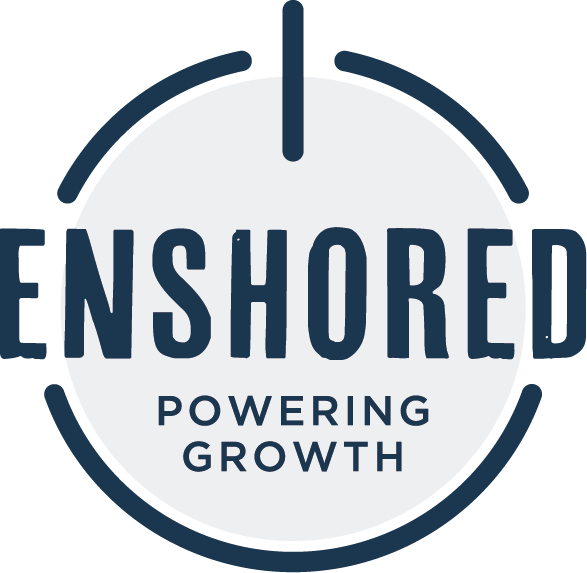Taking too long? Close loading screen.


Businesses understand how important good customer experience is to earn brand loyalty. But to really deliver a standout journey, listening to the Voice of the Customer can make all the difference.
One of the biggest fears brands dread is alienating loyal customers. But arguably, the biggest threat they face is consumer apathy. Since 2018, indifference towards brands has doubled, with eight out of 10 brands barely registering on customer radars, and 82% of consumers admitting they’re not excited by brands. That’s despite statistics from Gartner Group, which reveal that 80% of organizations expect to compete mainly based on customer experience.
Clearly, something is awry. While businesses appreciate the importance of experiences in securing loyal customers, the consumers themselves aren’t always convinced, resulting in a lack of enthusiasm for the brand.
Which begs the question, what is causing this divide, and how can businesses bridge the gap to improve their bottom line?
The answer lies in gaining a better understanding of your customer perspectives and investing in Voice of the Customer (VoC) to get your CX right and drive brand satisfaction.
VoC is the process of collecting and interpreting customer feedback and using those powerful insights to inform decisions directly relating to the product and customer experience.
It’s no longer enough to collect aggregate, general data – the focus now is on gathering data at an individual level and interrogating it.
While metrics such as revenue and sales tell part of a business’ story, the most successful firms pay close attention to the words, views and sentiments of their customers.
Listening to customers and taking action to address their feedback is vital for successful CX and essential to delivering long-term customer satisfaction. By listening closely to their customers, understanding their concerns, gathering their insights, responding to feedback and improving their products and services, businesses can deliver genuinely good experiences.
According to an Aberdeen Group report, best-in-class VoC users (the top 20 percent of respondents based on performance) benefit from annual revenue growth of 48.2% year-over-year, have 55% greater client retention rates and decrease year-over-year customer service costs by almost 24%.
VoC helps firms to explore any gaps between customer expectations and actual experiences, enabling them to understand why customers make certain decisions and adapt processes, products, or services to close that gap.
It helps businesses to systematically listen to their customers to iterate and improve their product or service so it’s something that customers truly want to buy. It enables companies to identify and address customer problems, as well as locate where customers are enjoying or benefiting from their offering and build upon that.
This individual approach is also a significant source of insight for CX teams and managers, defining what success looks like for each customer and developing strategies to achieve it.
Brands that compete beyond the product or service level – at the hearts and minds level – will develop closer bonds with their customers, leading to increased customer retention and advocacy. According to research by Khoros, 83% of customers agreed that they felt more loyal to brands that respond to and resolve their complaints, with 43% admitting they’re more likely to buy something from a brand after a good customer service experience.
Investing in a VoC program will provide the level of detail required to truly understand how customers are feeling and make consistent, meaningful connections and engagements across the entire customer journey.
Good VoC programs provide the structure for businesses to listen to every customer, analyze their responses, act on their feedback, and make improvements while monitoring performance over time.
For maximum impact, this strategy should be rolled out across the entire organization. This coordinated approach strengthens the entire brand experience – from CX and operations to product development. It provides insights to enhance every step of a customer’s journey.
A good VoC program starts with an understanding of the entire customer journey. What are the different touchpoints? Where, when, and how can customers engage? Who are those interactions with? Mapping this level of detail out means a business will capture the full customer experience.
Once this has been established, attention should turn towards implementation. There are a wide variety of techniques involved in VoC programs, with technological innovations offering ever more streamlined and effective processes for maximum impact and return on investment.
Here are some of the key methods and approaches often used as part of VoC programs:
Phase 1: Gather actionable feedback
Success is often measured by creating opportunities to receive feedback, and ensuring the right questions are asked. Techniques for gathering direct feedback include customer interviews, online surveys, social media, community posts, customer reviews, Net Promoter Score, focus groups and emails.
When combined with the insights garnered through direct feedback, indirect feedback is also incredibly valuable; this includes how customers are engaging with your product or service and data around usage and support.
Using both direct and indirect feedback provides a 360-degree view of current customer perception and sentiment. But a word of caution, businesses should be systematic in their feedback generation, to ensure customers do not feel bombarded with requests for insights. Consider which customers should be approached, when and at what stage in their journey.
Phase 2: Respond to feedback
For a VoC program to be effective, customer feedback must be responded to quickly, whether it’s positive or negative. While deep analysis forms the next phase of work, it is not good practice to leave a response until after the conclusion of this deep dive stage. Send a ‘thank you’ and where possible, make immediate changes, however small, so customers can see their time hasn’t been wasted and their feedback is valued.
Phase 3: Deep dive analysis
Phase 1 is likely to have generated a wealth of qualitative and quantitative data, and the deep dive phase is about examining that data to identify and track trends in customer sentiment and develop a plan of action to improve the entire customer experience. This will determine your next steps toward complete customer satisfaction.
Key actions include:
While creating a VoC program is hugely beneficial for businesses looking to improve customer experience and retention, implementing one is time and resource intensive. And for many start-ups, it is also financially prohibitive. Business Process Outsourcing (BPO) offers a cost-effective way for start-ups to capitalize upon VoC programs and compete with larger players already investing in this process.
Taking the heavy lifting out of the VoC program, a BPO can bring the skills and knowledge required to implement effectively, leaving founders and entrepreneurs to concentrate on business growth.
Customer retention and product development are two major start-up priorities. To deliver, businesses must engage with customers on a deeper and more meaningful level, and this can only be achieved if they truly listen and fully understand their customer’s entire journey with a brand.
VoC offers businesses unique access to customers’ opinions, views, and experiences. When acted upon, it enables them to create better products and services while delivering enhanced customer experiences from every touch point and interaction. Gaining this level of visibility into the customer journey sets a company on a path of continuous improvement, which will help drive growth, profitability, and scalability.
Anticipating growth?
Access the tools, tech & team you need to scale globally.

Serious about scaling?
One call is all it takes to know if we’re a fit.
© 2024 Enshored · Privacy · GDPR · California · Cookies · Marketing by Klicker